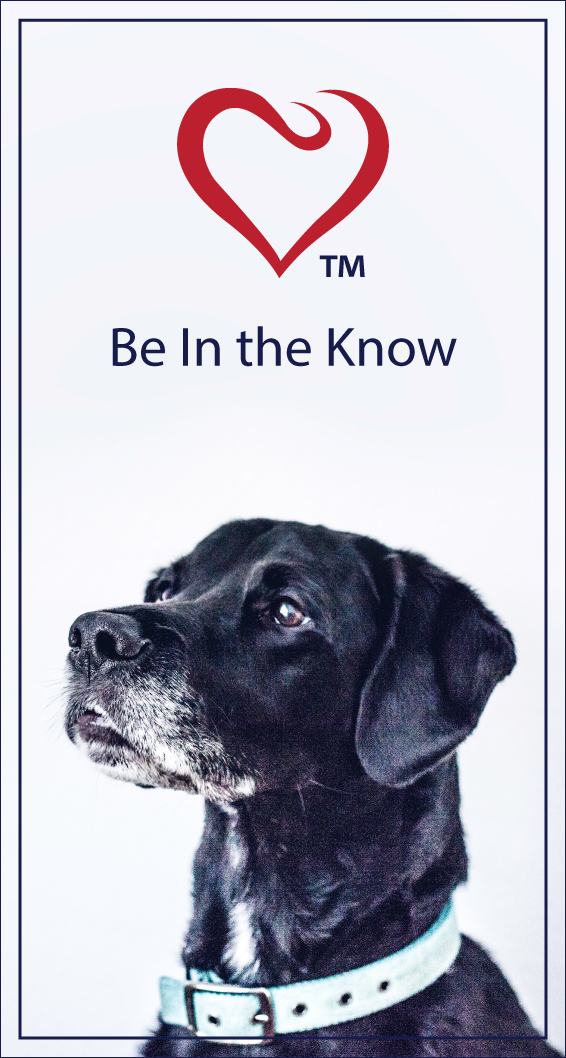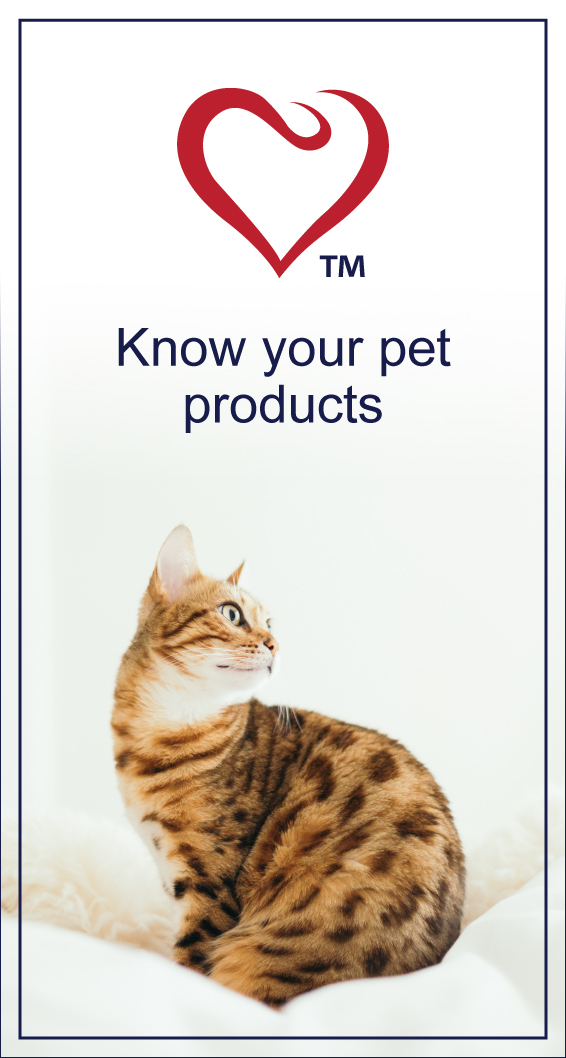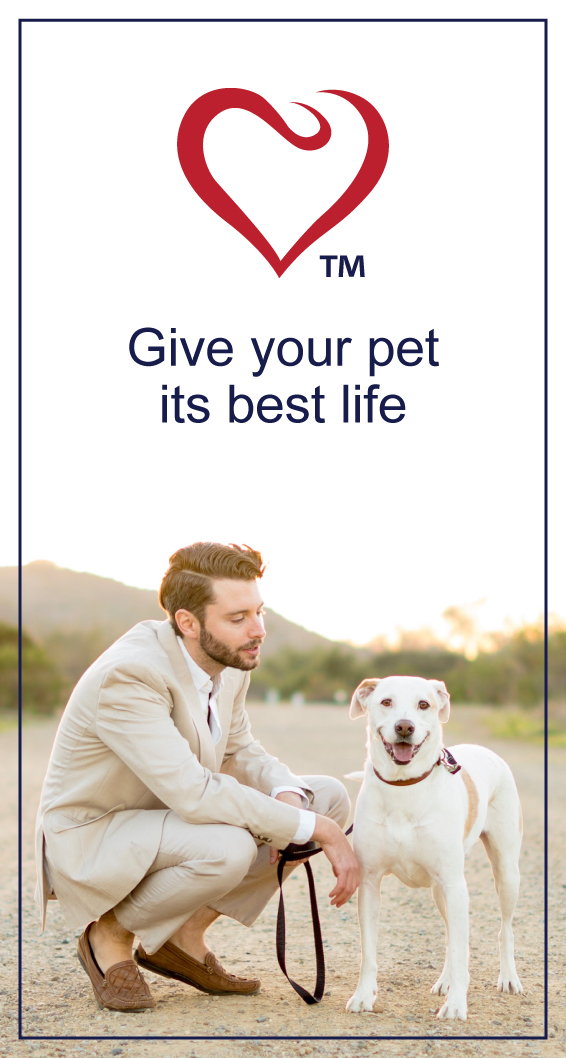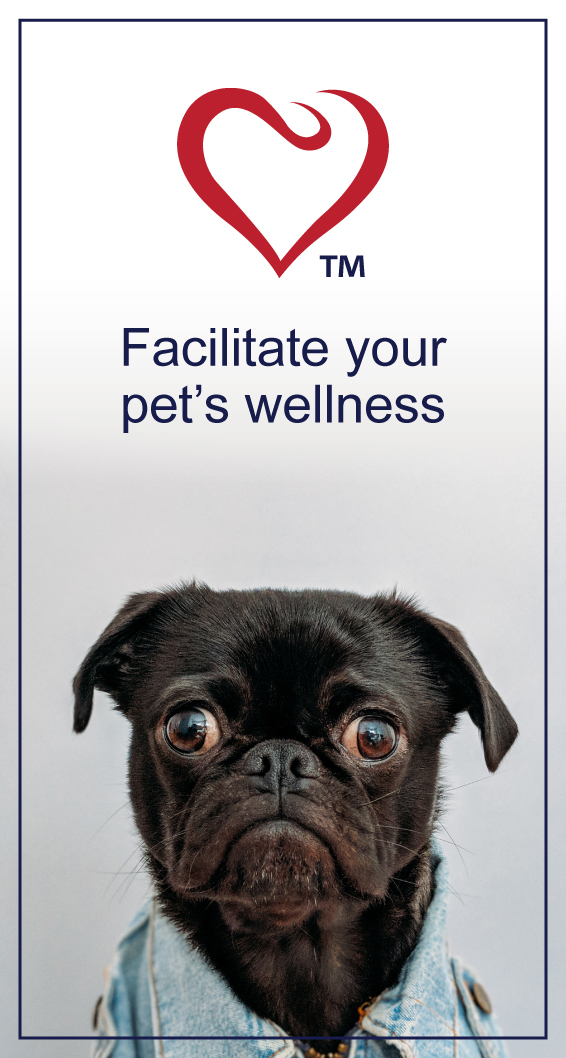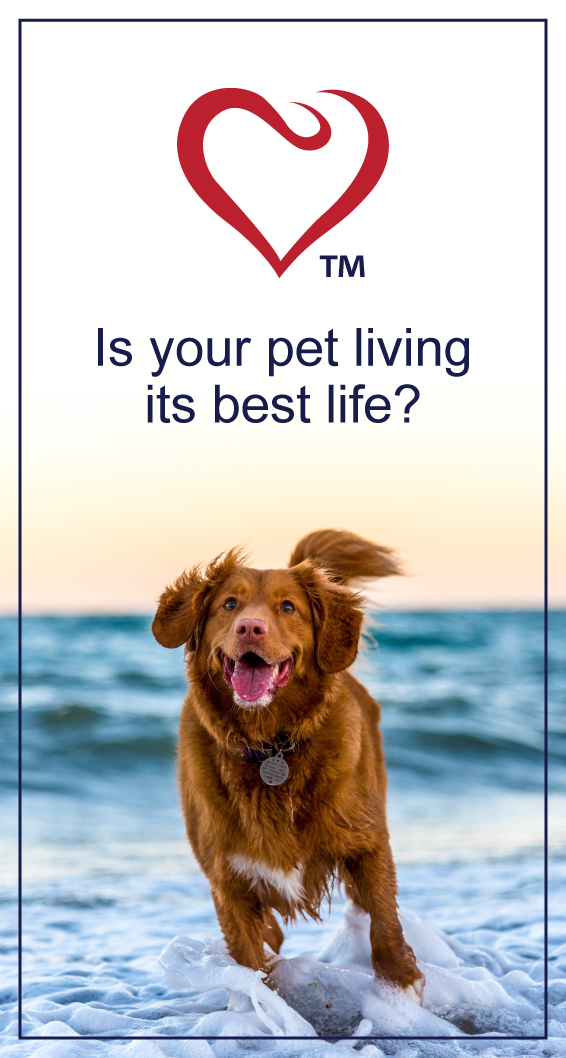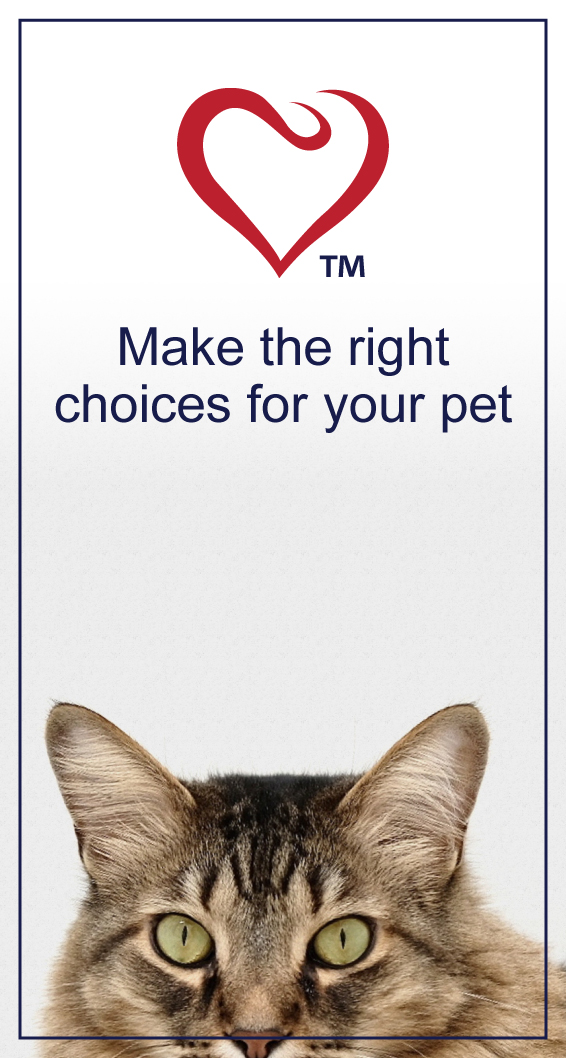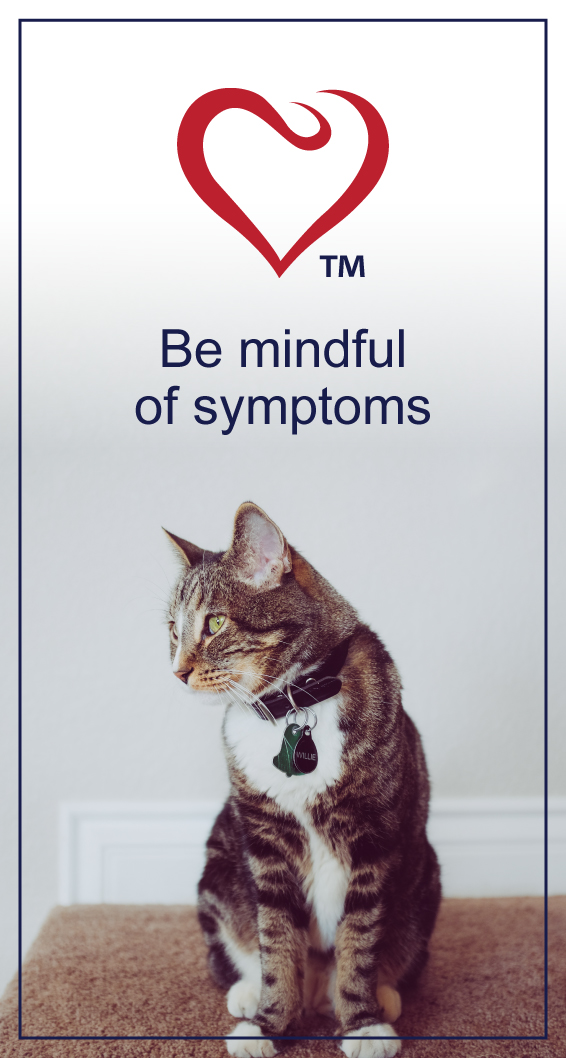
TRENDING
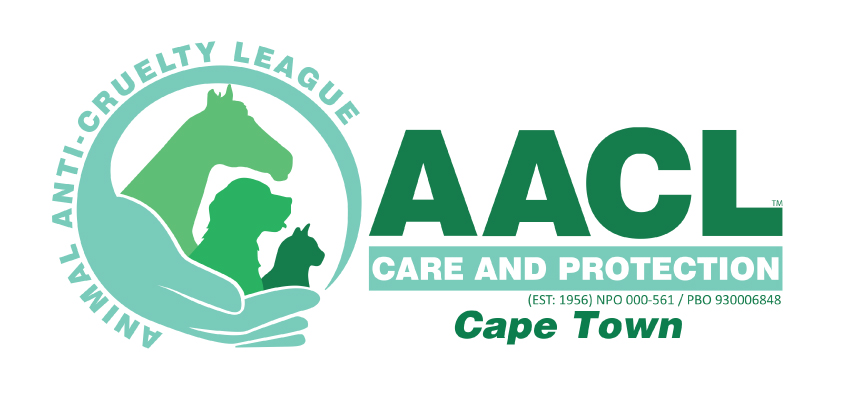
We’re excited and honoured to feature South Africa’s second largest independent animal welfare organisation on PetlifeSA.
Natural Approaches To Pet Nutrition

Since the earliest human-pet interactions, caring owners have known that the healthier the diet the better the cat or dog looks with a shinier coat, brighter eyes, and cleaner teeth. But what exactly is a healthy diet?
A general rule of thumb is that a proper nutrition plan for any animal (including humans) should supply all the necessary vitamins, minerals, micronutrients, and macronutrients in proportion to size, age, and lifestyle. Younger growing active pets need more nutrients than fully mature sedentary ones. This means counting the calories and other content to ensure the optimal combination, in doing so owners have taken different approaches to reach the holy grail of perfectly balanced feeding.
ANCESTRAL DIET
Some take the view that a hunting-style diet is what cats and dogs have evolved to consume. Since dogs (Canis lupus familiaris) evolved from wolves (Canis lupus lupus) and were the first animal to be domesticated 13,000-14,000 years ago, their similarity to wolves is taken for granted. As such, some natural dog foods are based on a high protein content, which would be ideal for wolves. Of course, the other canids such as jackals and coyotes with their different nutritional strategies have also left their dietary pawprints on the genetics of the modern dog. Interestingly, foxes do not feature in the lineage of domestic dogs since they belong to the genus Vulpes.
In addition, the domestication of dogs has modified many of their social behaviours and changed the types of foods they can healthily consume. Among these adaptations is the increased ability to digest starch. In experiments where they were given their choice of foodstuffs, domestic dogs would get about 30% of their metabolizable energy (ME) requirements from protein, 63% from fat, and a substantial 7% from carbs compared to the 1% for wolves. In comparison, a cat would choose 52% of its ME to come from protein 36% from fat and 12 % from carbs.
As attested by cat remains found in Cyprus dated to about 6,000 years ago, felines were domesticated later than dogs. As such, their adaptation to a domesticised diet is less advanced. This conclusion is supported by the strange paradox that while cats efficiently digest carbs, they have a limited capacity for them. Put simply, they make a little carbohydrate go a long way. Cats have a short gut, so too much starch or sugars and they’ll suffer from flatulence, loose stools, and other gastric discomforts.
RAW DIET
Because unprocessed foods contain more bioactive compounds, it’s assumed that a raw meat-based diet is better for your cat or dog. Knowing that the ancestral hunting diet entailed consuming the whole prey including the guts and their vegetable contents, it’s easy to see why muscle-based raw food doesn’t have a high enough vitamin and mineral content.
There is a strong trend to include whole ingredients in natural pet foods. This has increased the inclusion of raw animal protein rather than processed animal protein products because these are often nutritionally variable.
Natural pet foods are produced without artificial colorants, flavourings, or other additives, and contain fresh ingredients. Diets rich in such foods can reduce digestive disorders and allergies and supply your pet with all the nutrients essential to their well-being.
Low carbs and high protein are indicators of a quality food source for your pet. The first ingredient listed should be meat and avoid foods that contain fillers, artificial ingredients, sugars, or preservatives.
ONGOING NUTRITIONAL MAINTENANCE AND YOUR PET
With a suitable nutrient profile and a meal plan in place, keeping an eye on your pet’s weight and body condition will guide you in deciding the optimal meal sizes. Also, as your pet ages and undergoes physical changes, adjusting the nutritional formulation remains important because their dietary needs change. As a wise and caring owner, you know that nutritional science can help you make the best dietary choices to enhance your pet’s quality of life.
The advice in this post is provided for informational purposes only and is not professional medical advice. To have your pet’s condition accurately diagnosed kindly see your veterinarian.
Related Articles
